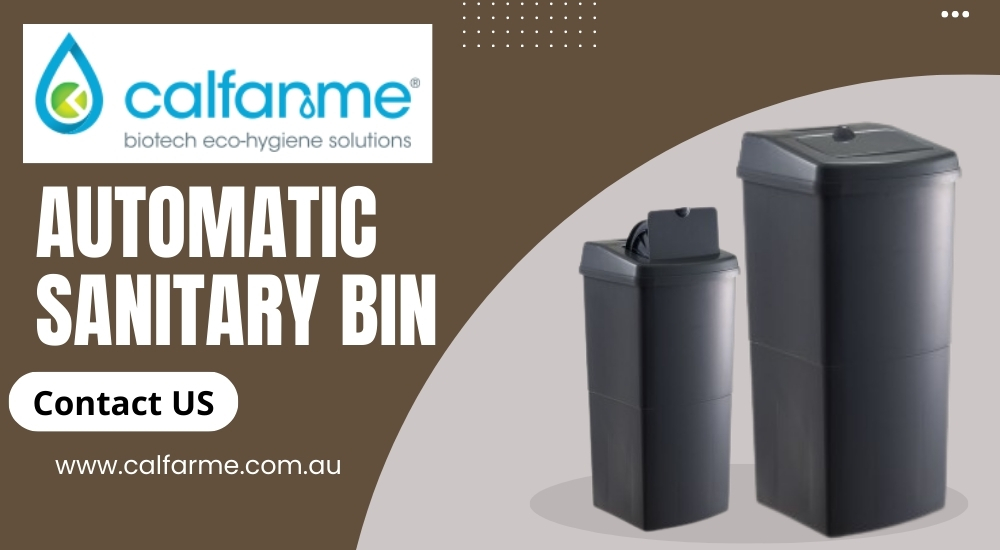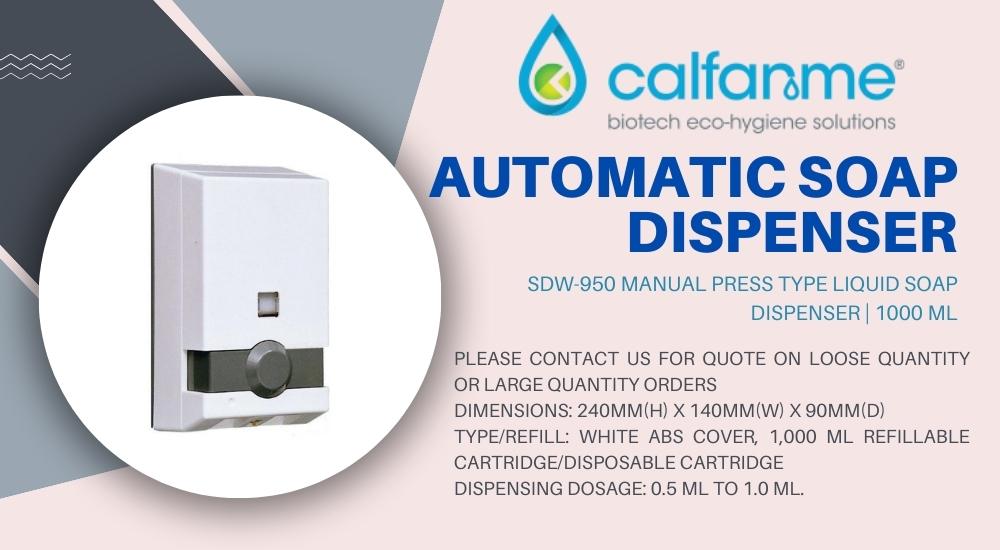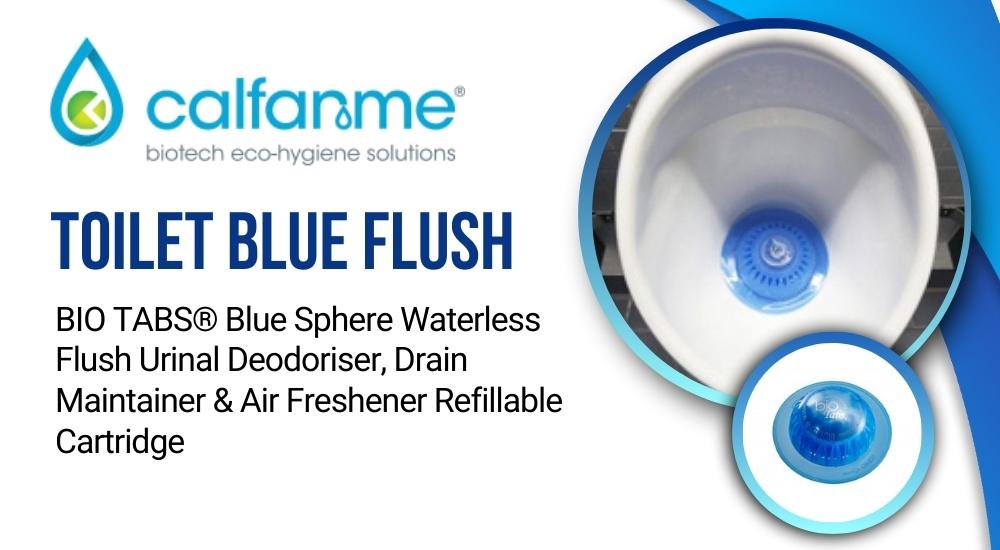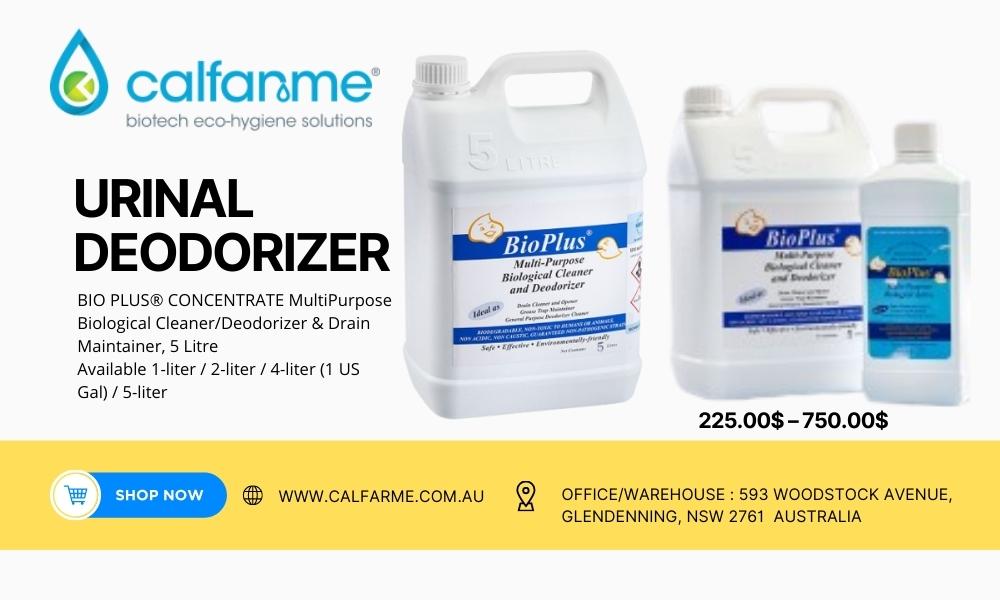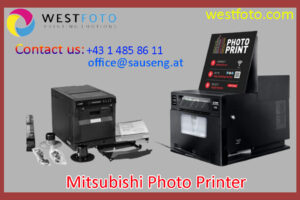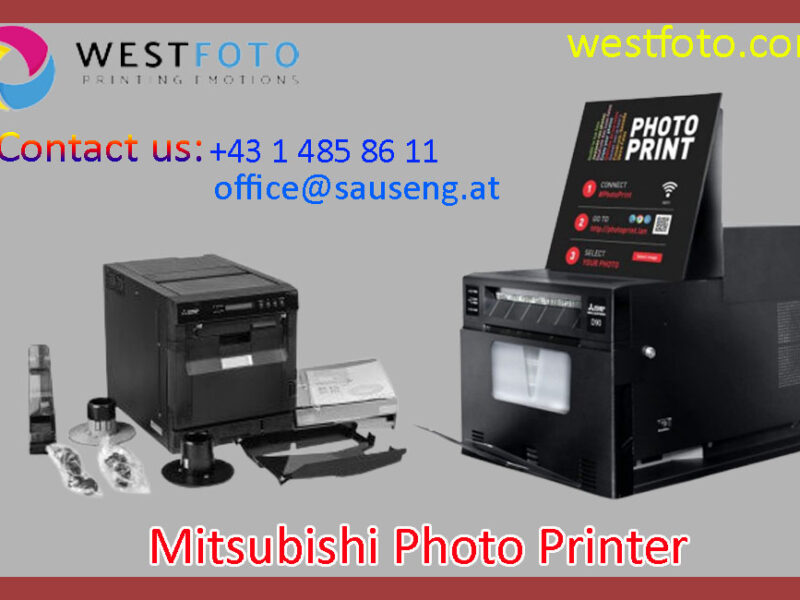Discover the ideal automated hygiene solution for your space. Dive into the features of the automatic Sani Bin and Foam Soap Dispenser to make an informed choice that promotes cleanliness and reduces the spread of germs.
The Convenience Of Automatic Sanitary Bins
Automatic Sani Bins is a revolutionary addition to waste management. These bins are equipped with motion sensors that detect when someone approaches or waves their hand over the bin, triggering the lid to open automatically. This touchless feature is not only hygienic but also helps reduce the spread of germs and bacteria.
One of the primary benefits of an Automatic Sanitary Bin is its ability to contain odours effectively. The lid remains closed most of the time, preventing unpleasant smells from permeating the surrounding area. Additionally, many models come with built-in air fresheners, which further enhance the ambiance of the space.
Moreover, these bins are often designed with durability in mind. They are made from sturdy materials that can withstand heavy usage, making them ideal for high-traffic areas such as public restrooms, hospitals, malls, and offices.
The Advantages Of Foam Soap Dispensers:
Foam Soap Dispenser, on the other hand, offers a touchless and efficient way of promoting hand hygiene. Just like automatic sanitary dustbins, these dispensers are equipped with motion sensors that activate the release of foam soap when you place your hands under the nozzle.
The use of Foam Soap has several advantages over traditional liquid soap. Foam soap requires less water to create lather, thus reducing water usage. Additionally, foam soap is known to provide a more effective cleansing experience, as it covers a larger surface area of your hands, ensuring better removal of dirt and bacteria.
Another advantage of foam soap dispensers is that they can help reduce soap wastage. The foam is pre-measured, which prevents users from using excessive amounts of soap, leading to cost savings in the long run.
Key Considerations When Making Your Choice:
- Purpose & Usage:
If you’re looking to maintain cleanliness and control odours in a restroom or public area, an Automatic Sanitary Bin might be the better option. On the other hand, if you want to promote hand hygiene and reduce the spread of germs, a foam soap dispenser is more suitable.
- Footprint & Installation:
Consider the available space and installation requirements. Automatic bins typically require floor space, while Foam Soap Dispenser can be wall-mounted or placed on countertops, making them more versatile in compact areas.
- Maintenance & Refilling:
Automatic bins need regular emptying, and some models might require battery replacement. Foam Soap machines need periodic refilling of soap containers. Choose the option that aligns with your maintenance capabilities and frequency.
- Budget & Sustainability:
Automatic Sanitary Bin tends to have higher upfront costs, but they offer long-term cost savings on trash bags and potential sanitation benefits. Foam soap dispensers may have ongoing soap refill expenses. Consider your budget and sustainability goals when deciding.
Conclusion
In the end, both automatic Sani Bin and Foam Soap Dispenser bring automation and efficiency to different aspects of maintaining cleanliness and hygiene. Whether it is for a restroom, healthcare facility, office, or any other public space, the right choice will contribute to a healthier and more hygienic environment for everyone.
Ultimately, the choice between automatic Sani Bins and Foam Soap distributors boils down to finding the perfect balance between sanitation, convenience, and cost-effectiveness for your unique setting. Whichever option you choose, embracing automation in hygiene solutions will undoubtedly elevate cleanliness standards and contribute to a safer and healthier environment.
To know more about these products visit our website calfarme.com.au/.




